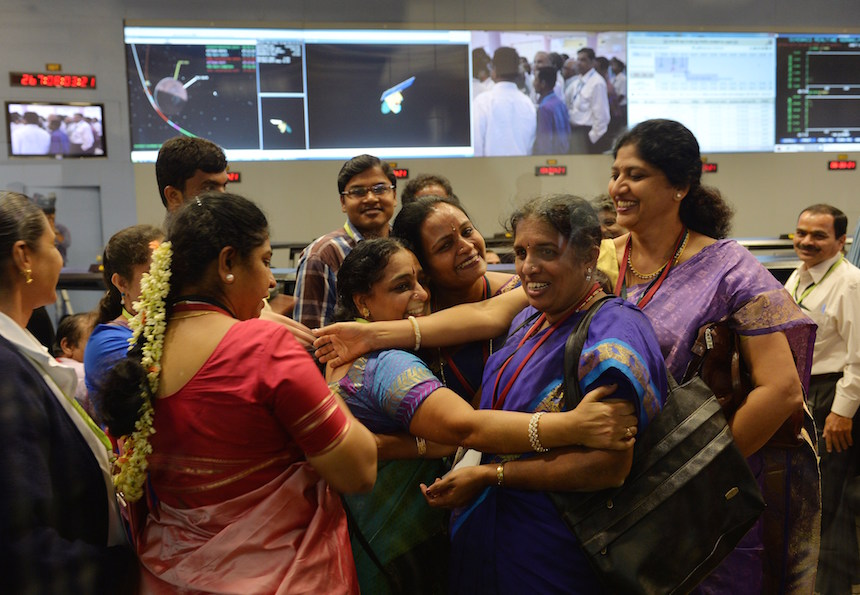
Not long ago, a 41-metre rocket thrust off a launch pad in China and ascended toward space. Once it escaped Earth’s atmosphere, it released a little cube, only 10-by-10-by-10 centimetres. And then, as the cube slowly stretched out the solar panels on its sides and drifted into orbit, a control room in Ecuador burst into applause.
The box was Ecuador’s first satellite – a compact, inexpensive device called a CubeSat. This one was named Pegaso – Spanish for Pegasus – and on 26 April 2013 it was the centre of attention for a huge portion of Ecuador’s 15 million people. In the days after the launch they toasted to Pegaso across the country, and some painted the word “Pegaso” on their cars. A song by an Ecuadorian rap artist received frequent radio airtime. One Ecuadorian radio station reported that a child born the night of the launch had been named after the satellite.
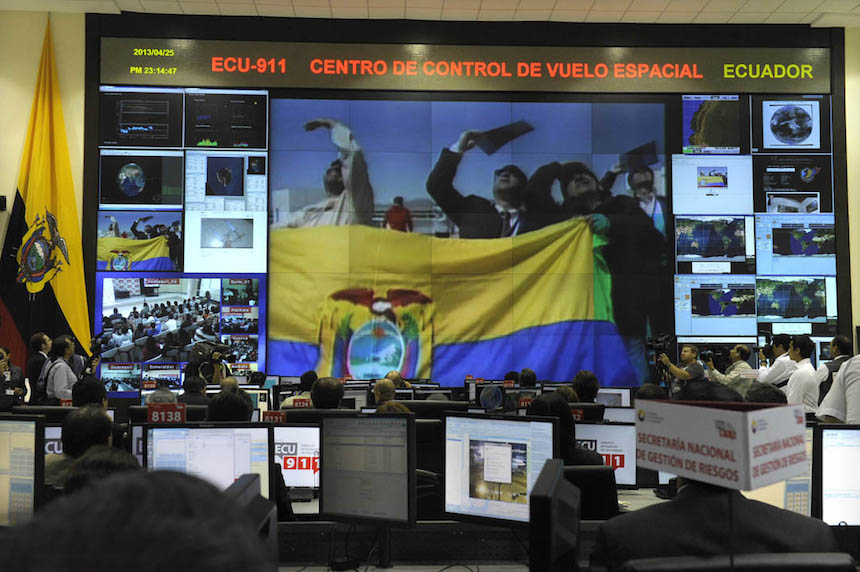 “It was something unbelievable, incredible,” said Ronnie Nader, mission director of the Ecuadorian Civilian Space Agency. “A whole country that normally thinks of football or politics or whatever thing, they spent 15 minutes in space in their minds, watching that rocket soar.”
“It was something unbelievable, incredible,” said Ronnie Nader, mission director of the Ecuadorian Civilian Space Agency. “A whole country that normally thinks of football or politics or whatever thing, they spent 15 minutes in space in their minds, watching that rocket soar.”
Why would an underdeveloped country want to launch objects into space? Though the reasons may not be obvious, they are many. Satellites can improve vital mobile services and help track natural hazards ranging from deadly droughts to crop-devouring insects. More subtly, space sciences push countries to improve their technological know-how and motivate future scientists to think big. Now, more and more developing countries are taking advantage, and the world is entering a new space age joined by nations great and small.
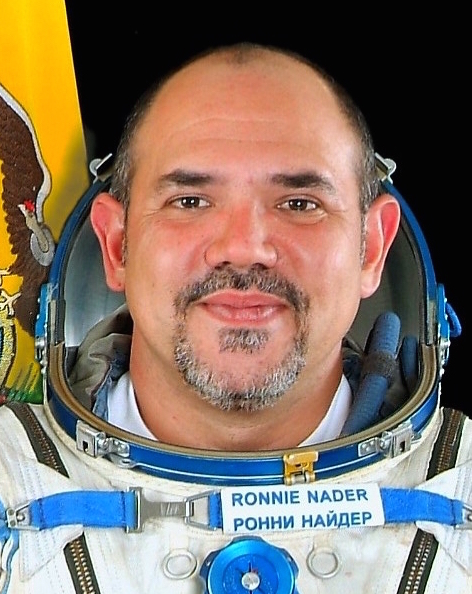 At least 35 developing countries now have their own space agencies, and about the same number have had a satellite in orbit. In the two years since Pegaso’s launch, Peru, Uruguay and Turkmenistan have also reached Earth’s orbit for the first time. Other countries, such as Costa Rica, Ethiopia and Tunisia, are planning to finish their first satellites in coming years.
At least 35 developing countries now have their own space agencies, and about the same number have had a satellite in orbit. In the two years since Pegaso’s launch, Peru, Uruguay and Turkmenistan have also reached Earth’s orbit for the first time. Other countries, such as Costa Rica, Ethiopia and Tunisia, are planning to finish their first satellites in coming years.
 Mazlan Othman, Malaysia’s first astrophysicist and the former director of the United Nations Office for Outer Space Affairs (UNOOSA), said this drive for developing countries to enter space science is partly due to space’s special power to instill optimism.
Mazlan Othman, Malaysia’s first astrophysicist and the former director of the United Nations Office for Outer Space Affairs (UNOOSA), said this drive for developing countries to enter space science is partly due to space’s special power to instill optimism.
“The human spirit is moved by space, and recently we – especially the young – are roused by space travel,” Othman said. “What is inspiring in the US and Europe is equally inspiring in a developing country.”
Nader agreed. “The idea of a space programme is to develop – to develop your own technology, your own technological culture, your own approaches,” he said. “You can buy the country a satellite, but you cannot buy them their self-respect.”
The new big names in space
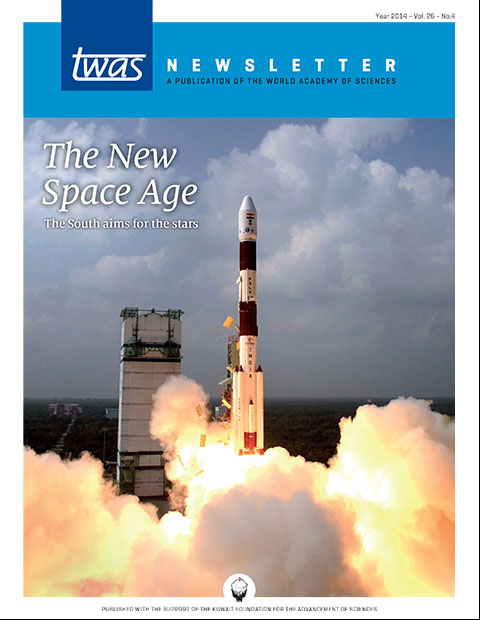 Emerging nations such as India and China are leading the way in developing world space science, both of them launching ambitious missions. The recent surge in space missions has even led some media outlets to call it a new space race, though it bares little resemblance to the fierce Cold War competition that went by the same name. In fact, both countries have developed satellite programmes that are continuously expanding numerous benefits for people on the ground.
Emerging nations such as India and China are leading the way in developing world space science, both of them launching ambitious missions. The recent surge in space missions has even led some media outlets to call it a new space race, though it bares little resemblance to the fierce Cold War competition that went by the same name. In fact, both countries have developed satellite programmes that are continuously expanding numerous benefits for people on the ground.
India impressed the world in September 2014 when it successfully sent the satellite Mangalyaan into the orbit of Mars. The Indian Space Research Organization is now the fourth agency in human history to reach Mars – and the only one to succeed on its first try. Mangalyaan continues to collect data on the red planet’s surface and atmosphere today, and is expected to continue orbiting for years.
“Everything was developed here, and the cost is only about 1/10th of the cost of what other nations pay,” said TWAS Fellow U.R. Rao, who led the Indian Space Research Organisation from 1984 to 1994. “But it has been that way since the very beginning. Even our first satellite was just about three-quarters (of the normal cost). We started with a far smaller budget.”
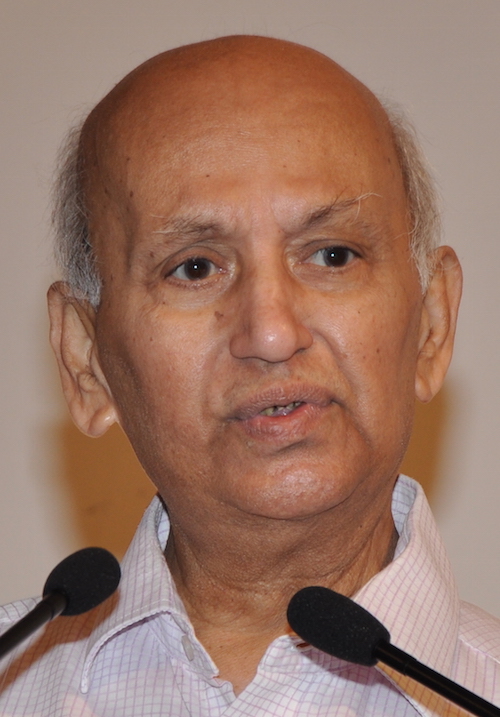 Rao is broadly credited with establishing satellite technology in India in 1972. In the decades since, India has placed at least 70 satellites in Earth orbit for remote sensing, communications and other purposes.
Rao is broadly credited with establishing satellite technology in India in 1972. In the decades since, India has placed at least 70 satellites in Earth orbit for remote sensing, communications and other purposes.
Rao said India’s satellite network is probably one of the most cost-effective satellite programs in the world today. He listed uses for satellites such as water resource management, agriculture management, and even medicine, because stronger communications networks are connecting remote populations to city hospitals. The country now has over 930 million mobile phone subscribers, more than 40% of them in rural areas.
Another example of a successful Indian satellite is Oceansat-2, launched in September 2010, which uses remote sensing to forecast the weather and identify good zones for fishing. And no matter the project, space science is a driver of India’s technological growth.
“For the Mars mission, the technology development was an important challenge, because we have to keep our scientists on par,” said Rao.
"Developing countries have their own problems that need solutions that only their own satellites can offer." —Mazlan Othman
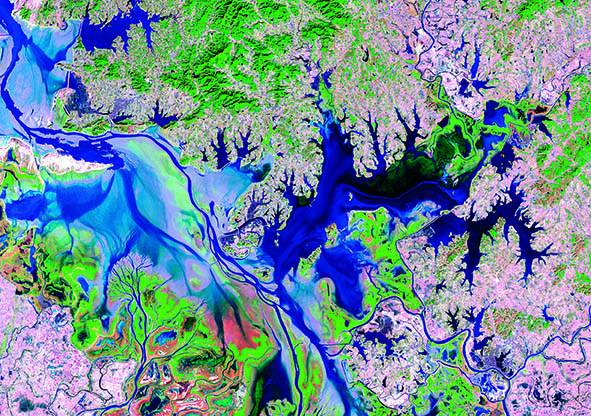 China’s space programme has also captured worldwide attention. Its most widely recognised accomplishment was the successful landing of an unmanned spacecraft named Chang’e 3 on the Moon in 2013 – the first time any country had done that in 37 years.
China’s space programme has also captured worldwide attention. Its most widely recognised accomplishment was the successful landing of an unmanned spacecraft named Chang’e 3 on the Moon in 2013 – the first time any country had done that in 37 years.
In 2017, China plans to launch another spacecraft to the Moon, Chang’e 5, expected to collect up to 2 kilograms of lunar soil and return to Earth. China also plans to launch a space station in Earth orbit by 2020, and its first manned Moon mission around 2028.
With over 230 satellites in orbit, China has also been a key participant in using space technology for development. One major use for those satellites is Earth observation, useful for monitoring the climate and assisting during natural disasters. China has many reasons to prioritize disaster response in particular, from the Wenchuan Earthquake in 2008 that killed over 69,000 people and left millions homeless to the devastating 2010-11 drought that made it harder for millions to access water. China’s Gaofen project has already launched two high- resolution Earth observation satellites, and plans to launch four more by 2020.
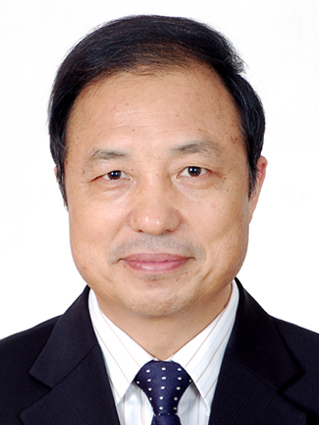 “Earth observations have been proved as an invaluable technology to monitor disasters and mitigate disaster effects on society, the economy and the environment,” said TWAS Fellow Guo Huadong, the director of the CAS-TWAS Centre of Excellence on Space Technology for Disaster Mitigation (SDIM) in Beijing.
“Earth observations have been proved as an invaluable technology to monitor disasters and mitigate disaster effects on society, the economy and the environment,” said TWAS Fellow Guo Huadong, the director of the CAS-TWAS Centre of Excellence on Space Technology for Disaster Mitigation (SDIM) in Beijing.
 On 15 March, the centre co-hosted a working session, “Earth Observations and High Technology to Reduce Risks” at the Third UN World Conference on Disaster Risk Reduction in Sendai, Japan. Other co-hosts included high-profile space technology organziations such as UNOOSA and the European Space Agency. The session released a report providing guidance on how the technology could best be used to reduce risks from natural disasters in the coming decades.
On 15 March, the centre co-hosted a working session, “Earth Observations and High Technology to Reduce Risks” at the Third UN World Conference on Disaster Risk Reduction in Sendai, Japan. Other co-hosts included high-profile space technology organziations such as UNOOSA and the European Space Agency. The session released a report providing guidance on how the technology could best be used to reduce risks from natural disasters in the coming decades.
“Developed countries generally have Earth observation resources to respond and recover from major disasters, while the effects on developing countries can be devastating and long-lasting,” added TWAS Young Affiliate Chen Fang, SDIM’s executive deputy director.
A source of self-reliance
Any satellite capable of communications, navigation or Earth observation creates an incredible array of applications. These tools make space science an advantageous part of country’s science and technology development.
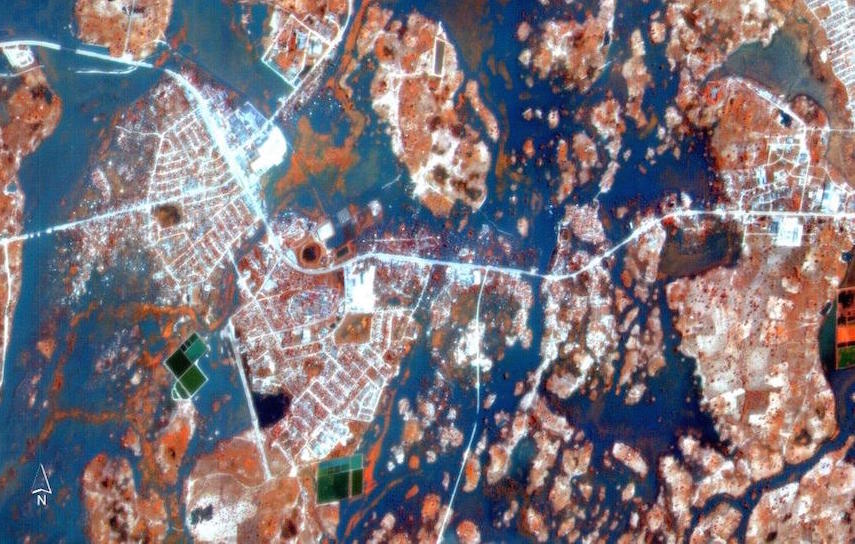 The Algerian Space Agency used UN-SPIDER, which collects international information gathered by satellites, to analyze a huge increase in swarming locusts in North Africa in 2012. Scientists could track the locusts’ paths, find their breeding grounds, and kill them with pesticides. The same system provides a wildfire warning system, tracks wildfires globally and studies the atmosphere to lower risks from disasters such as hurricanes.
The Algerian Space Agency used UN-SPIDER, which collects international information gathered by satellites, to analyze a huge increase in swarming locusts in North Africa in 2012. Scientists could track the locusts’ paths, find their breeding grounds, and kill them with pesticides. The same system provides a wildfire warning system, tracks wildfires globally and studies the atmosphere to lower risks from disasters such as hurricanes.
But the international system is imperfect enough that many developing nations have been establishing space programmes of their own.
“Most people think there is no reason for developing countries to build their own satellites because all the satellites have been built by the developed countries and all we need to do is use the data,” said Othman. “I don’t agree with that because developing countries have their own problems that need solutions that only their own satellites can offer.”
One example is the lack of Earth observation satellites in an orbit following Earth’s equator, she said. Malaysia built a satellite for equatorial imaging that was launched in 2009, but it has since ceased working. Now there are no functioning Earth observers trailing the equator, though Singapore and Brazil are working on satellites for that purpose.
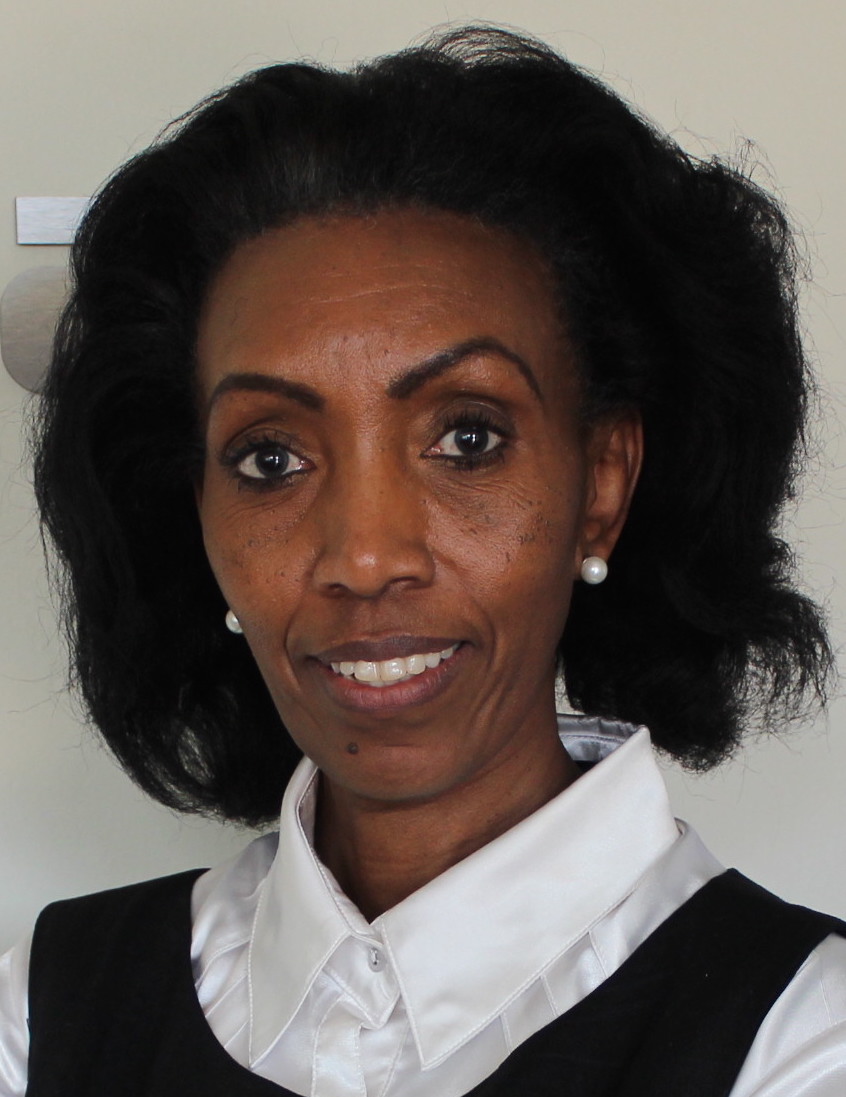 Away from the equator, Earth-imaging technology is still locally important. South Africa has used it to better understand environmental changes within its borders, said Jane Olwoch, managing director of Earth observation for the South African National Space Agency. It tracks the growth of cities, for example. Also, if a country owns its own satellite, it can begin to track the progress of a flood or a fire immediately without having to work through an international agreement.
Away from the equator, Earth-imaging technology is still locally important. South Africa has used it to better understand environmental changes within its borders, said Jane Olwoch, managing director of Earth observation for the South African National Space Agency. It tracks the growth of cities, for example. Also, if a country owns its own satellite, it can begin to track the progress of a flood or a fire immediately without having to work through an international agreement.
“At the international level,” Olwoch said, “I think it’s extremely important for every country to have a satellite for those emergency situations, that one would want to do quickly, without being put on a waiting list of other important national priorities.”
Still, international partnerships can help. South Africa makes any images from South African satellites freely available, she said. That allowed it to help neighbouring Namibia as it faced deadly floods in 2011. The images helped to determine where to move people.
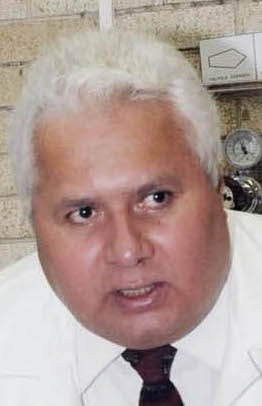 Without a strong base of national space science, researchers in the developing world often have to turn to other countries to support their work, said Rafael Navarro-González, a planetary scientist at the National Autonomous University of Mexico (UNAM) in Mexico City. Navarro-González won a TWAS Prize in 2009 for his discovery of Mars-like soils in the Atacama Desert in Chile, now used as training ground for Mars missions. He frequently collaborates with NASA, and influenced the design of the Mars rover Curiosity.
Without a strong base of national space science, researchers in the developing world often have to turn to other countries to support their work, said Rafael Navarro-González, a planetary scientist at the National Autonomous University of Mexico (UNAM) in Mexico City. Navarro-González won a TWAS Prize in 2009 for his discovery of Mars-like soils in the Atacama Desert in Chile, now used as training ground for Mars missions. He frequently collaborates with NASA, and influenced the design of the Mars rover Curiosity.
It’s difficult to do Mars-related science in Mexico, he said. Though Mexico entered space in 1985 with the satellites Morelos I and II, the Mexican Space Agency was established in 2010 and has to focus on science with clear applications. Navarro-González’ research funding mainly comes from the National Council of Science and Technology (CONACYT) instead.
“It’s very important that Mexico or any country develops a space program for the benefit of their own society and the growth of technology,” he said.
"What we consider the best reason of all for making something in space, the most practical reason, is the growing of the people." —Ronnie Nader
Universal aspirations
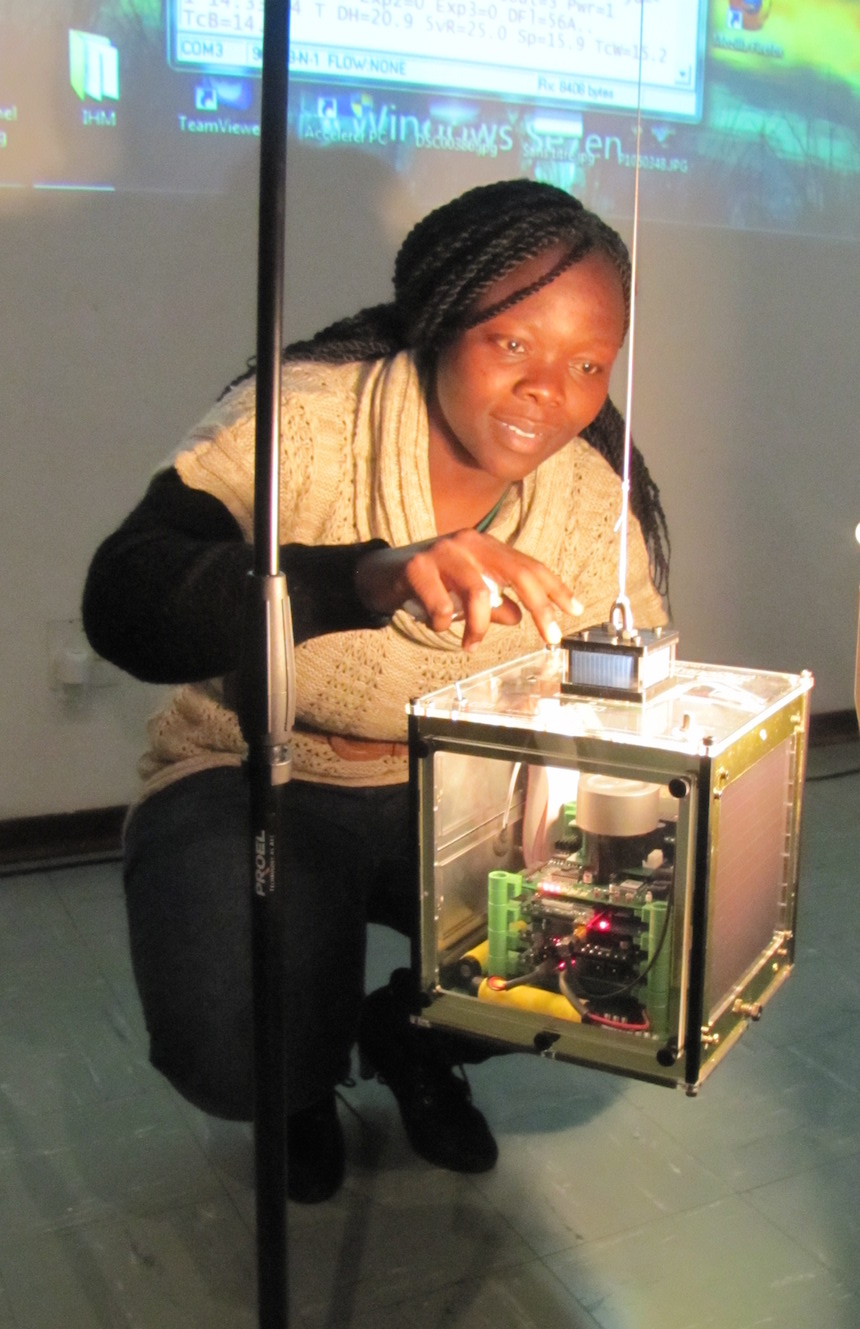 Despite the extraordinary accomplishments in the South, critics remain. Why, for example, should Africans want to send a spacecraft to the Moon while there is so much suffering at home? Isn’t that just a waste of resources that could be used for basic needs?
Despite the extraordinary accomplishments in the South, critics remain. Why, for example, should Africans want to send a spacecraft to the Moon while there is so much suffering at home? Isn’t that just a waste of resources that could be used for basic needs?
Those are questions Jonathan Weltman, the project administrator of a nonprofit programme called Africa2Moon, hears often. He says he rejects the premise of the question as condescending. His usual response: Why hasn’t Africa been to the Moon already?
The organization is currently taking ideas for an eventual scientific Moon mission, but at this early stage it’s primarily working to create excitement about the idea. The goal is to inspire and educate Africans about space science from a young age, and ultimately get an African Moon mission launched. It runs an in-school programme throughout southern Africa all the way down to the kindergarten level. “Kids today who become aware of it and inspired by it may have an opportunity one day to even work on it,” he said.
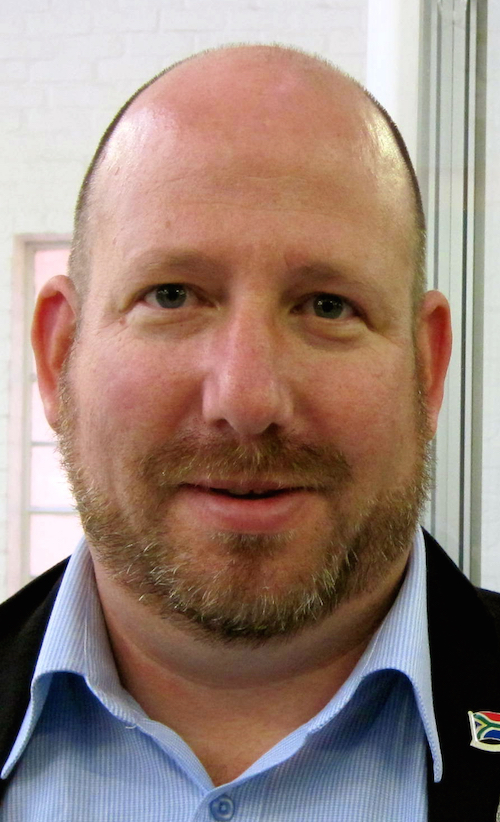 Weltman said that reaching young children is important because of their reaction: They learn to dream big. “You’re talking to somebody who has this open mind, and then you just talk about our ability as humankind to go beyond our planet, to look at other worlds,” he said. “And it doesn’t matter if you do it in the developed world or the developing world, you get that reaction.”
Weltman said that reaching young children is important because of their reaction: They learn to dream big. “You’re talking to somebody who has this open mind, and then you just talk about our ability as humankind to go beyond our planet, to look at other worlds,” he said. “And it doesn’t matter if you do it in the developed world or the developing world, you get that reaction.”
Space can have that power whether the science is focused on machines or people. Othman recalls that when the first Malaysian astronaut, Sheikh Muszaphar Shukor, went into space in 2007 to do biological experiments at the International Space Station, Malaysia was ecstatic.
“There was a realization of what a person would need to be to go into space – healthy, that sort of thing,” she said. “And then, what are you going to be doing in space? All of that created a great awareness of the bigger effects of space.”
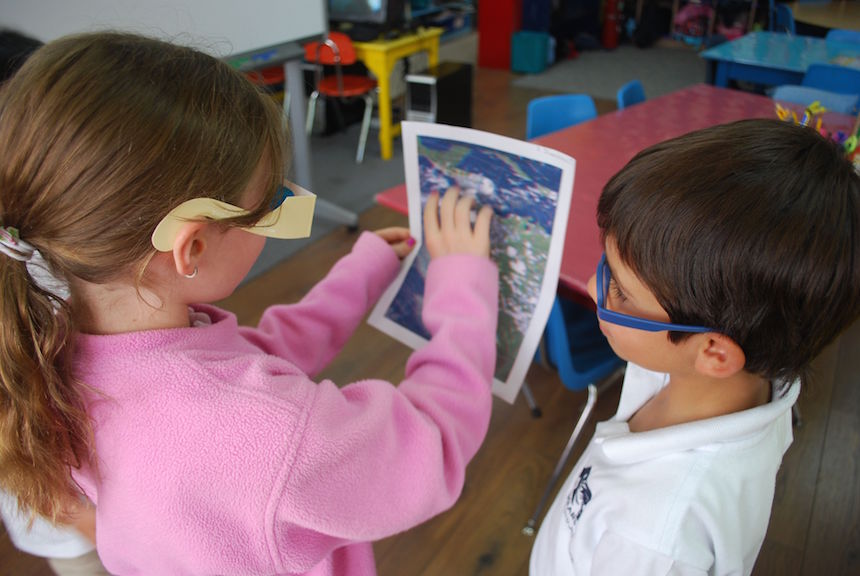 The Ecuadorian Civilian Space Agency made use of Pegaso for just that purpose. The CubeSat provided Ecuadorian scientists and engineers with a chance to create their own technology, such as a unique design for a radiation shield. And once launched, it succeeded in its main mission: giving Ecuadorian children a clear window into space.
The Ecuadorian Civilian Space Agency made use of Pegaso for just that purpose. The CubeSat provided Ecuadorian scientists and engineers with a chance to create their own technology, such as a unique design for a radiation shield. And once launched, it succeeded in its main mission: giving Ecuadorian children a clear window into space.
Pegaso beamed direct video from orbit into classrooms. It also sent a signal with data that the students learned to decode, using maths to determine its position in orbit. Nader said that helps them understand the practical uses for the mathematics and physics they learn in school.
“What we consider the best reason of all for making something in space, the most practical reason,” Nader said, “is the growing of the people.”
Sean Treacy

